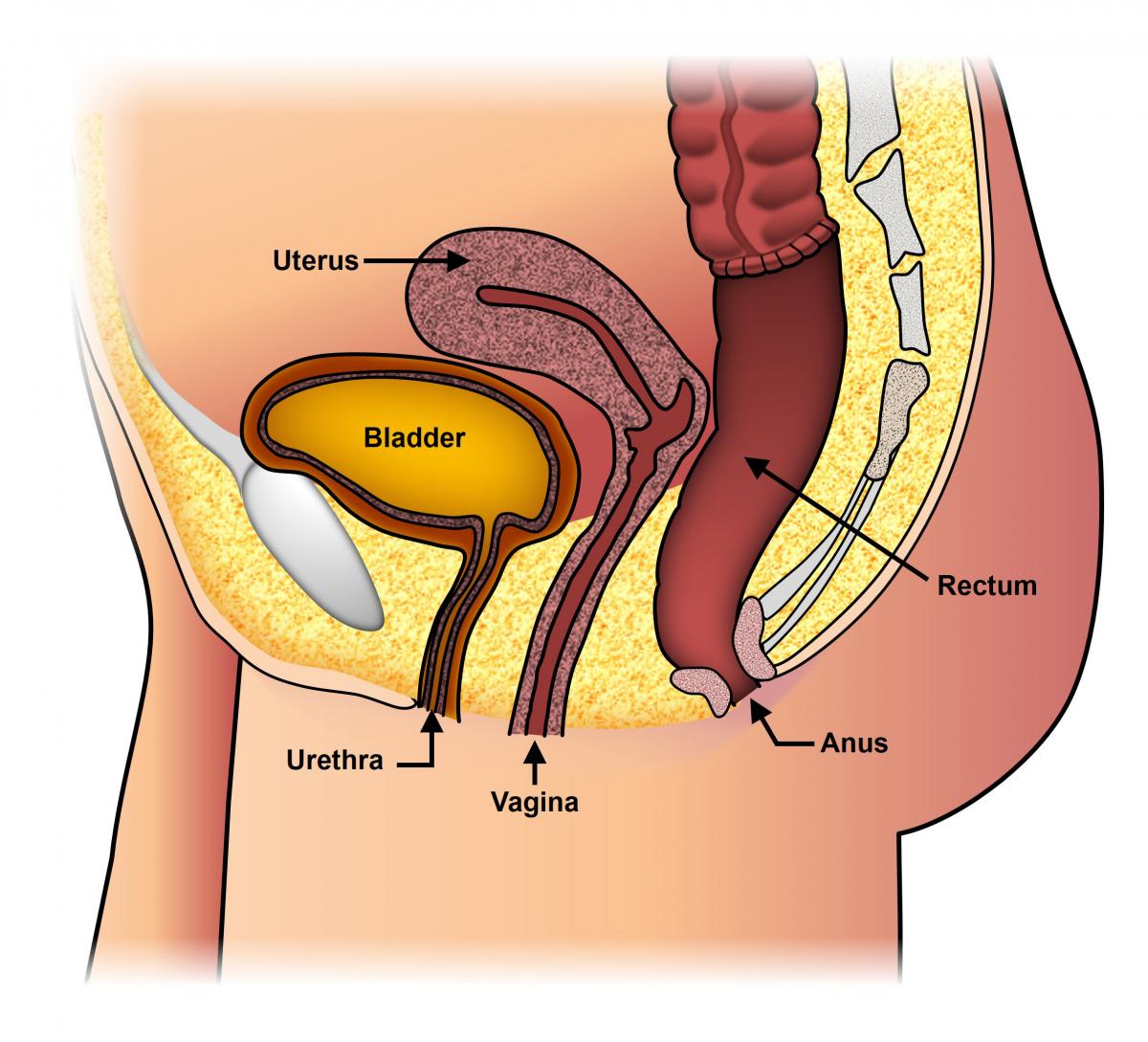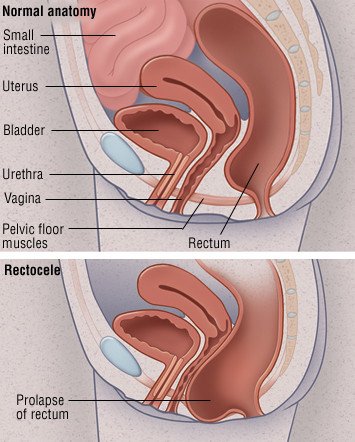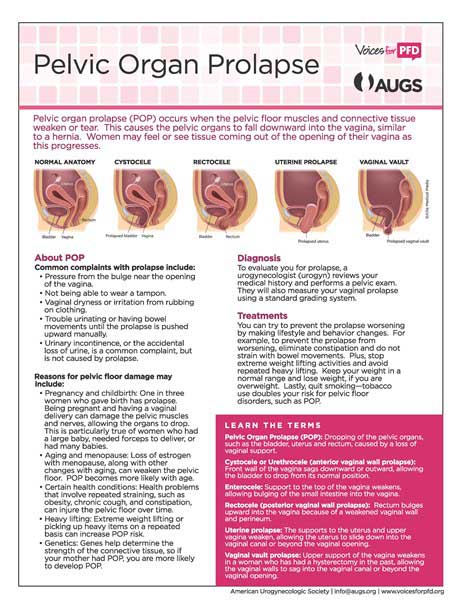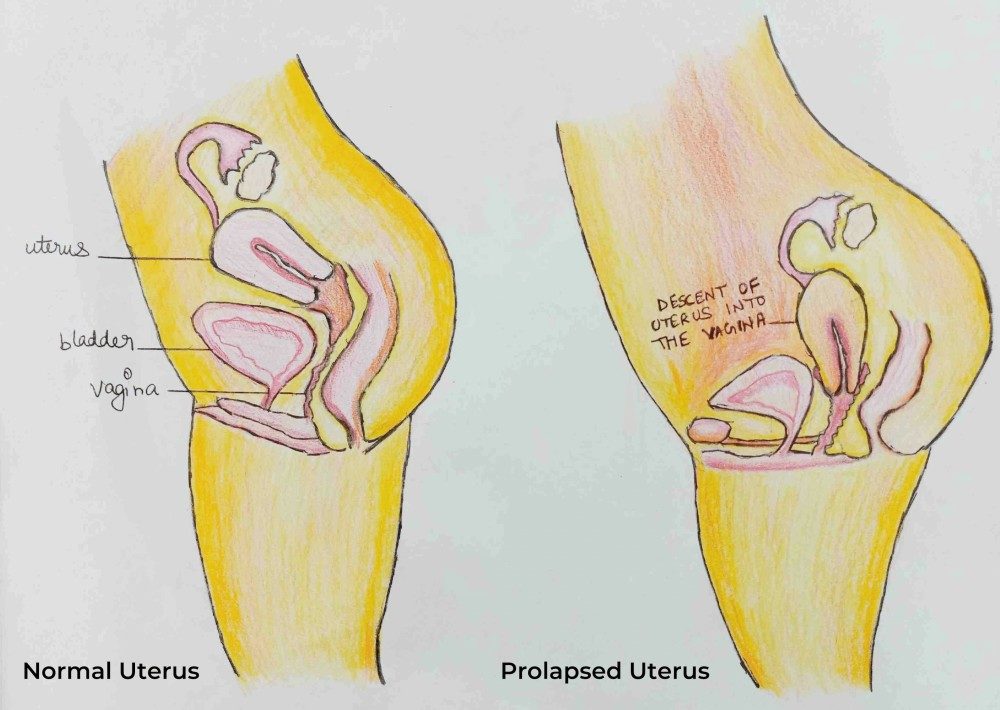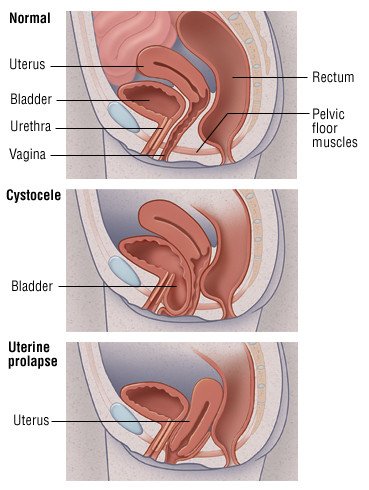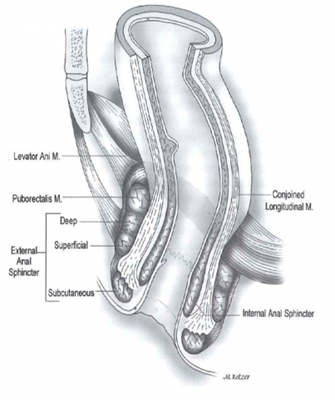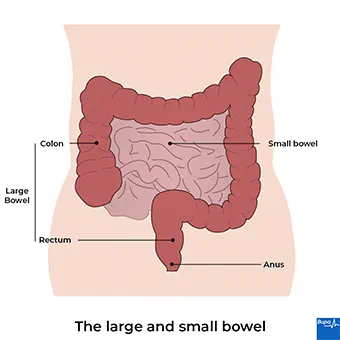This modification of the position of the rectum affects bowel movement and constipation hemorrhoids incomplete emptying of stool feeling of pressure and.
Large intestine prolapse into pelvic floor.
The rectum is the last part of the large intestine and is held in place by muscles and ligaments of the pelvis.
Perform kegel exercises regularly.
When these muscles and ligaments weaken the rectum may slip and turn inside out of the anus.
Rectal prolapse is when your rectum the last section of your large intestine drops down or slides out of your.
This is called rectal prolapse.
Conditions and activities that can cause or contribute to small bowel prolapse or other types of prolapse include.
With progression of age and childbirth the muscles of the pelvic floor that support the pelvic organs become weak.
These exercises can strengthen your pelvic floor muscles especially important after you have a baby.
Rectocele is when the rectum bulges into the back wall of the vagina.
In mild to moderate cases surgery is not essential but in severe cases surgical correction of the prolapse is essential.
Extra body weight places stress on pelvic floor tissues.
A rectocele is a condition that can occur in women where the front wall of the last part of the large intestine the rectum extends out and pushes into the back wall of the vagina.
Symptoms of this type of prolapse include urinary urgency loss of urine during sexual intercourse and in more severe cases difficulty urinating and risk of infection due to a bad emptying of the bladder.
Prolapse is when any body part slips or falls down from its normal position.
For severe prolapse we can perform surgery to strengthen and support the tissues between the vagina and rectum with sutures.
A rectocele particularly small ones that may go unnoticed is a common condition especially in women over the age of 50.
The rectum final section of the large intestine before reaching the anus falls on the posterior wall of the vagina.
Increased pressure on the pelvic floor is the main reason for any form of pelvic organ prolapse.
In fact about one third of all women are affected by prolapse or similar conditions over their lifetime.
Chronic constipation or straining with bowel movements.
Chronic cough or bronchitis.
To reduce your risk of worsening posterior vaginal prolapse try to.
Uterine prolapse involves the uterus dropping into the vagina.
Treat and prevent constipation.
Most of the time pelvic organ prolapse is the result of carrying and vaginally delivering children which weakens the pelvic floor.

